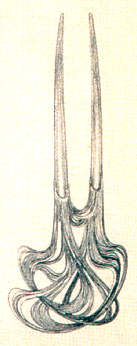 Celtic Calendrical feasts
Celtic Calendrical feasts![]()
the Celts divided the year into two seasons: the light and the dark, at Beltane on May 1st and Samhain on November 1st.
![]()
BELTAINE | LUGHNASADH | SAMHAIN
![]()
February 1st, IMBOLC .
Imbolc begins the season belonging to Brigid, the Celtic goddess who in later times became revered as a Christian saint. Originally, her festival on February 1 was known as Imbolc or Oimelc, two names which refer to the lactation of the ewes, the flow of milk that heralds the return of the life-giving forces of spring.
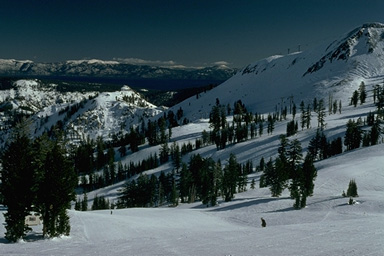 Later, the Catholic Church replaced this festival with Candlemas Day on February 2, which is dedicated to the Virgin Mary and features candlelight processions. The powerful figure of Brigid the Light-Bringer overlights both pagan and Christian celebrations.
Later, the Catholic Church replaced this festival with Candlemas Day on February 2, which is dedicated to the Virgin Mary and features candlelight processions. The powerful figure of Brigid the Light-Bringer overlights both pagan and Christian celebrations.
In most parts of the British Isles, February is a harsh and bitter month. In old Scotland, the month fell in the middle of the period known as Faoilleach, the Wolf-month; it was also known as a’ marbh mhiòs, the Dead-month. But although this season was so cold and drear, small but sturdy signs of new life began to appear: Lambs were born and soft rain brought new grass. Ravens begin to build their nests and larks were said to sing with a clearer voice.
In Ireland, the land was prepared to receive the new seed with spade and plough; calves were born, and fishermen looked eagerly for the end of winter storms and rough seas to launch their boats again. In Scotland, the Old Woman of winter, the Cailleach, is reborn as Bride, Young Maiden of Spring, fragile yet growing stronger each day as the sun rekindles its fire, turning scarcity into abundance. Of her, Alexander Carmichael wrote:
Bride with her white wand is said to breathe life into the mouth of the dead Winter and to bring him to open his eyes to the tears and the smiles, the sighs and the laughter of Spring.
Brigit laughs deeply, musically, and tosses the star into the air, where it sails into the night sky and takes its place among the glittering constellations…
February: An Inner Journey to invoke Brigit : The Forge in the Forest
Light your candle. Gaze into the flame for a few moments, then close your eyes. You will still see the image of the flame against your eyelids. Now imagine it is growing brighter and brighter, and go one step further and imagine you are standing in a place filled with the warmth and red gold light of leaping flames… Imagine, in fact, that you are standing in the entrance to a forge in a forest, where a blazing fire is roaring, and in front of it stands a woman. Thick, auburn hair is tied back, but a few rippling curls have escaped around her face. She is dressed in dark green with sleeves rolled up to the elbows, revealing strong white arms. Brigit, for of course it is she, stands over a large anvil where all her concentration is focused on beating a sheet of soft gleaming bronze with a great hammer… At last, she looks up and smiles at you warmly. She has finished her creation and holds it up to the light of the fire for you to see. As you look at it, it appears to continually change shape: first it seems to be a leaf, then a globe, … and now it has become a star.
MAY 1: BELTAINE.
 The Return of the Sun...
The Return of the Sun...
Beltaine is an Anglicizing of the Irish "Bealtaine" or the Scottish "Bealtuinn."
While "tene" clearly means "fire," nobody really knows whether Bel refers to Belenus, a pastoral god of the Gauls, or is from "bel," simply meaning "brilliant." It might even derive from "bil tene" or "lucky fire" because to jump between two Beltane fires was sure to bring good fortune, health to your livestock, and prosperity.
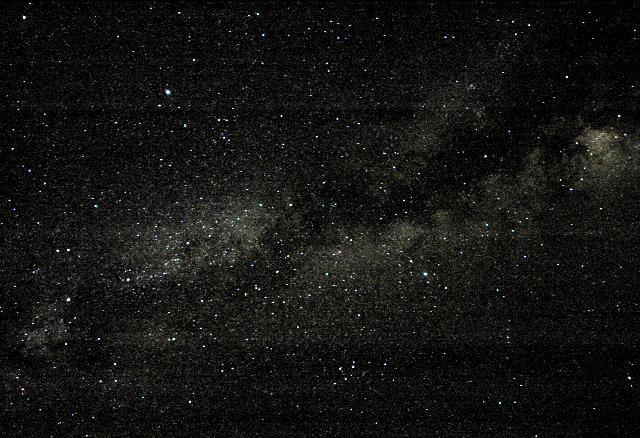
When the Druids and their successors raised the Beltaine fires on hilltops throughout the British Isles on May Eve, they were performing a real act of magic, for the fires were lit in order to bring the sun’s light down to earth. In Scotland, every fire in the household was extinguished, and the great fires were lit from the need-fire which was kindled by 3 times 3 men using wood from the nine sacred trees. When the wood burst into flames, it proclaimed the triumph of the light over the dark half of the year.
LUGHNASADH, August 1st: Celtic harvest festival.Beltaine was a time of fertility and unbridled merrymaking, when young and old would spend the night making love in the Greenwood. In the morning, they would return to the village bearing huge budding boughs of hawthorn (the may-tree) and other spring flowers with which to bedeck themselves, their families, and their houses. They would process back home, stopping at each house to leave flowers, and enjoy the best of food and drink that the home had to offer. In every village, the maypole—usually a birch or ash pole—was raised, and dancing and feasting began. Festivities were led by the May Queen and her consort, the King who was sometimes Jack-in-the-Green, or the Green Man, the old god of the wildwood. They were borne in state through the village in a cart covered with flowers and enthroned in a leafy arbor as the divine couple whose unity symbolized the sacred marriage of earth and sun.
SAMHAIN | LUGHNASADH | IMBOLC
The Celtic harvest festival on August 1st takes its name from the Irish god Lugh, one of the chief gods of the Tuatha De Danann, giving us Lughnasadh in Ireland, Lunasdál in Scotland, and Laa Luanys in the Isle of Man. (In Wales, this time is known simply as Gwl Awst, the August Feast.)
Lugh dedicated this festival to his foster-mother, Tailtiu, the last queen of the Fir Bolg, who died from exhaustion after clearing a great forest so that the land could be cultivated. When the men of Ireland gathered at her death-bed, she told them to hold funeral games in her honor.
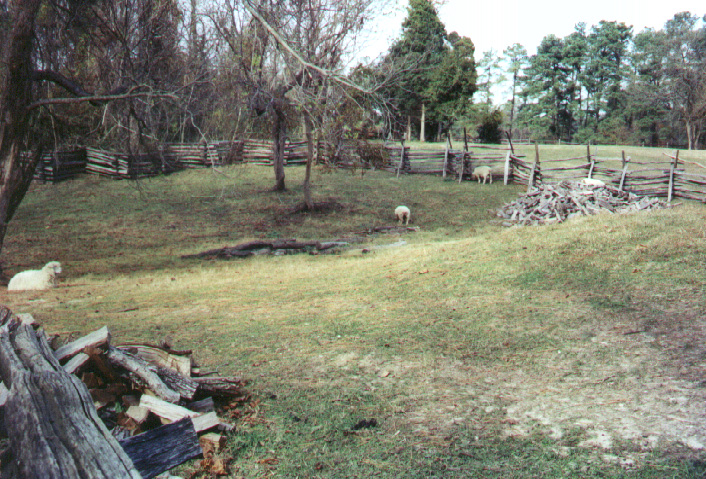 As long as they were held, she prophesied Ireland would not be without song. Tailtiu’s name is from Old Celtic Talantiu, "The Great One of the Earth," suggesting she may originally have been a personification of the land itself, like so many Irish goddesses. In fact, Lughnasadh has an older name, Brón Trogain, which refers to the painful labor of childbirth. For at this time of year, the earth gives birth to her first fruits so that her children might live.
As long as they were held, she prophesied Ireland would not be without song. Tailtiu’s name is from Old Celtic Talantiu, "The Great One of the Earth," suggesting she may originally have been a personification of the land itself, like so many Irish goddesses. In fact, Lughnasadh has an older name, Brón Trogain, which refers to the painful labor of childbirth. For at this time of year, the earth gives birth to her first fruits so that her children might live.
Tailtiu gives her name to Teltown in County Meath, where the festival was traditionally held in early Ireland. It evolved into a great tribal assembly, attended by the High King, where legal agreements were made, political problems discussed, and huge sporting contests were held on the scale of an early Olympic Games. Artists and entertainers displayed their talents, traders came from far and wide to sell food, farm animals, fine crafts and clothing, and there was much storytelling, music, and high-spirited revelry, according to a medieval eye-witness account:
"Trumpets, harps, hollow-throated horns, pipers, timpanists, unwearied…fiddlers, gleemen, bone-players and bag-pipers, a rude crowd, noisy, profane, roaring and shouting."
This was also an occasion for handfasting, or trial marriages. Young men and women lined up on either side of a wooden gate in a high wall, in which a hole was carved, large enough for a hand. One by one, girl and boy would grasp a hand in the hole, without being able to see who was on the other side. They were now married, and could live together for year and day to see if it worked out. If not, the couple returned to next year’s gathering and officially separated by standing back to back and walking away from each other.
Throughout the centuries, the grandeur of Teltown dwindled away, but all over Ireland, right up to the middle of this century, country-people have celebrated the harvest at revels, wakes, and fairs – and some still continue today in the liveliest manner. It was usually celebrated on the nearest Sunday to August 1st, so that a whole day could be set aside from work. In later times, the festival of Lughnasadh was christianized as Lammas, from the Anglo-Saxon, hlaf-mas, "Loaf-Mass," but in rural areas, it was often remembered as "Bilberry Sunday," for this was the day to climb the nearest "Lughnasadh Hill" and gather the earth’s freely-given gifts of the little black berries, which they might wear as special garlands or gather in baskets to take home for jam.
As of old, people sang and danced jigs and reels to the music of melodeons, fiddles and flutes, and held uproarious sporting contests and races. In some places, a woman—or an effigy of one—was crowned with summer flowers and seated on a throne, with garlands strewn at her feet. Dancers whirled around her, touching her garlands or pulling off a ribbon for good luck. In this way, perhaps, the ancient goddess of the harvest was still remembered with honor.
Michaelmas, September 29.
During the Middle Ages, Michaelmas was a great religious feast and many popular traditions grew up around the day, which coincided with the harvest in much of western Europe. In England it was the custom to eat a goose on Michaelmas, which was supposed to protect against financial need for the next year. In Ireland, finding a ring hidden in a Michaelmas pie meant that one would soon be married.
Samhain, on November 1st.
Samhain marks one of the two great doorways of the Celtic year, since Celtic tribes divided the year into two seasons: the light and the dark, at Beltane on May 1st and Samhain on November 1st. 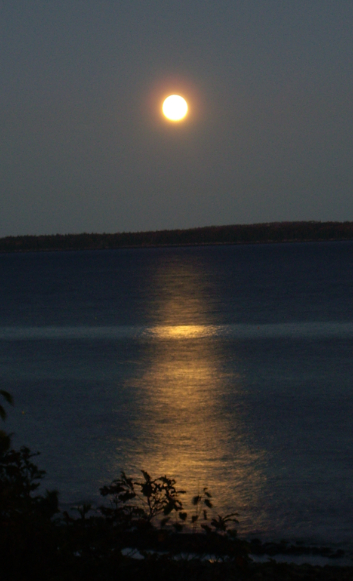
Some believe that Samhain was the more important festival, marking the beginning of a whole new cycle, just as the Celtic day began at night. For it was understood that in dark silence comes whisperings of new beginnings, the stirring of the seed below the ground. Whereas Beltane welcomes in the summer with joyous celebrations at dawn, the most magically potent time of this festival is November Eve, the night of October 31st, known today of course, as Halloween.
Samhain (Scots Gaelic: Samhuinn) literally means “summer's end.” In Scotland and Ireland, Halloween is known as Oíche Shamhna, while in Wales it is Nos Calan Gaeaf, the eve of the winter's calend, or first. With the rise of Christianity, Samhain was changed to Hallowmas, or All Saints' Day, to commemorate the souls of the blessed dead who had been canonized that year, so the night before became popularly known as Halloween, All Hallows Eve, or Hollantide. November 2nd became All Souls Day, when prayers were to be offered to the souls of all who the departed and those who were waiting in Purgatory for entry into Heaven. Throughout the centuries, pagan and Christian beliefs intertwine in a gallimaufry of celebrations from Oct 31st through November 5th, all of which appear both to challenge the ascendancy of the dark and to revel in its mystery.
In the country year, Samhain marked the first day of winter, when the herders led the cattle and sheep down from their summer hillside pastures to the shelter of stable and byre. The hay that would feed them during the winter must be stored in sturdy thatched ricks, tied down securely against storms. Those destined for the table were slaughtered, after being ritually devoted to the gods in pagan times. All the harvest must be gathered in -- barley, oats, wheat, turnips, and apples -- for come November, the faeries would blast every growing plant with their breath, blighting any nuts and berries remaining on the hedgerows. Peat and wood for winter fires were stacked high by the hearth. It was a joyous time of family reunion, when all members of the household worked together baking, salting meat, and making preserves for the winter feasts to come. The endless horizons of summer gave way to a warm, dim and often smoky room; the symphony of summer sounds was replaced by a counterpoint of voices, young and old, human and animal.
In early Ireland, people gathered at the ritual centers of the tribes, for Samhain was the principal calendar feast of the year. The greatest assembly was the 'Feast of Tara,' focusing on the royal seat of the High King as the heart of the sacred land, the point of conception for the new year. In every household throughout the country, hearth-fires were extinguished. All waited for the Druids to light the new fire of the year -- not at Tara, but at Tlachtga, a hill twelve miles to the north-west.
SAMHAIN | BELTAINE | LUGHNASADH | IMBOLC